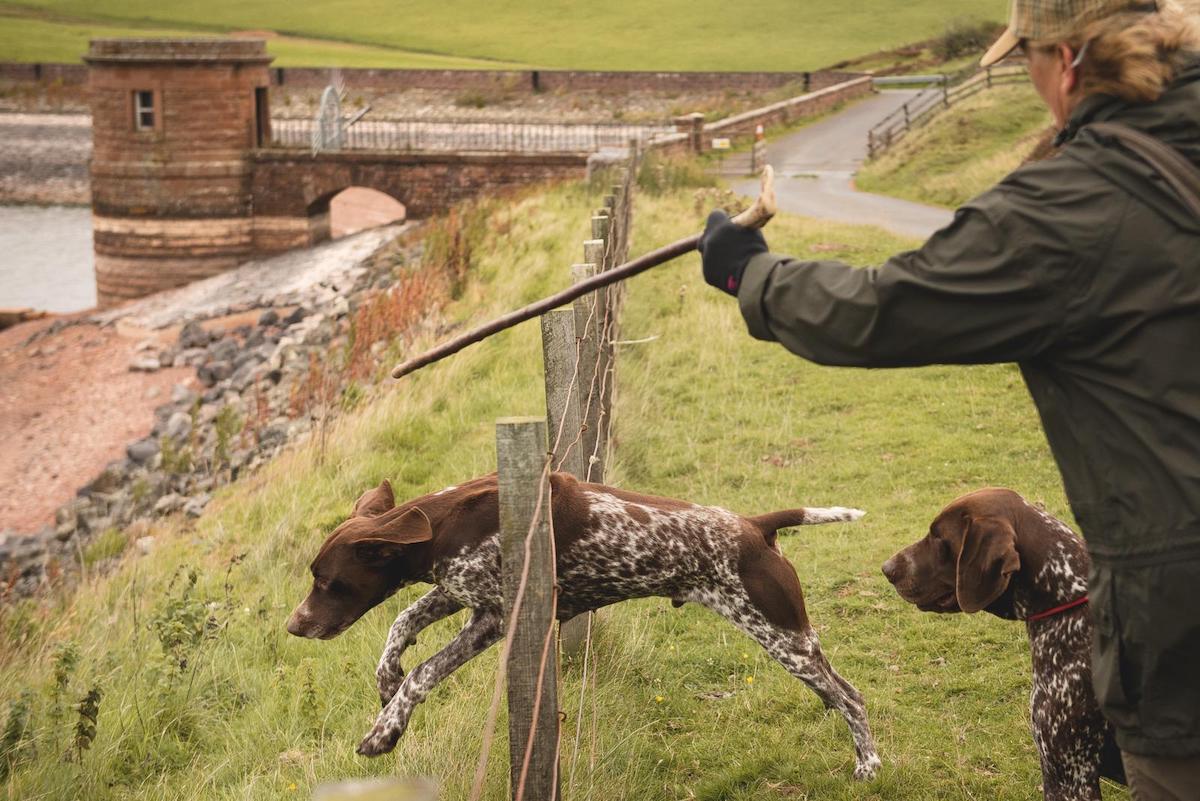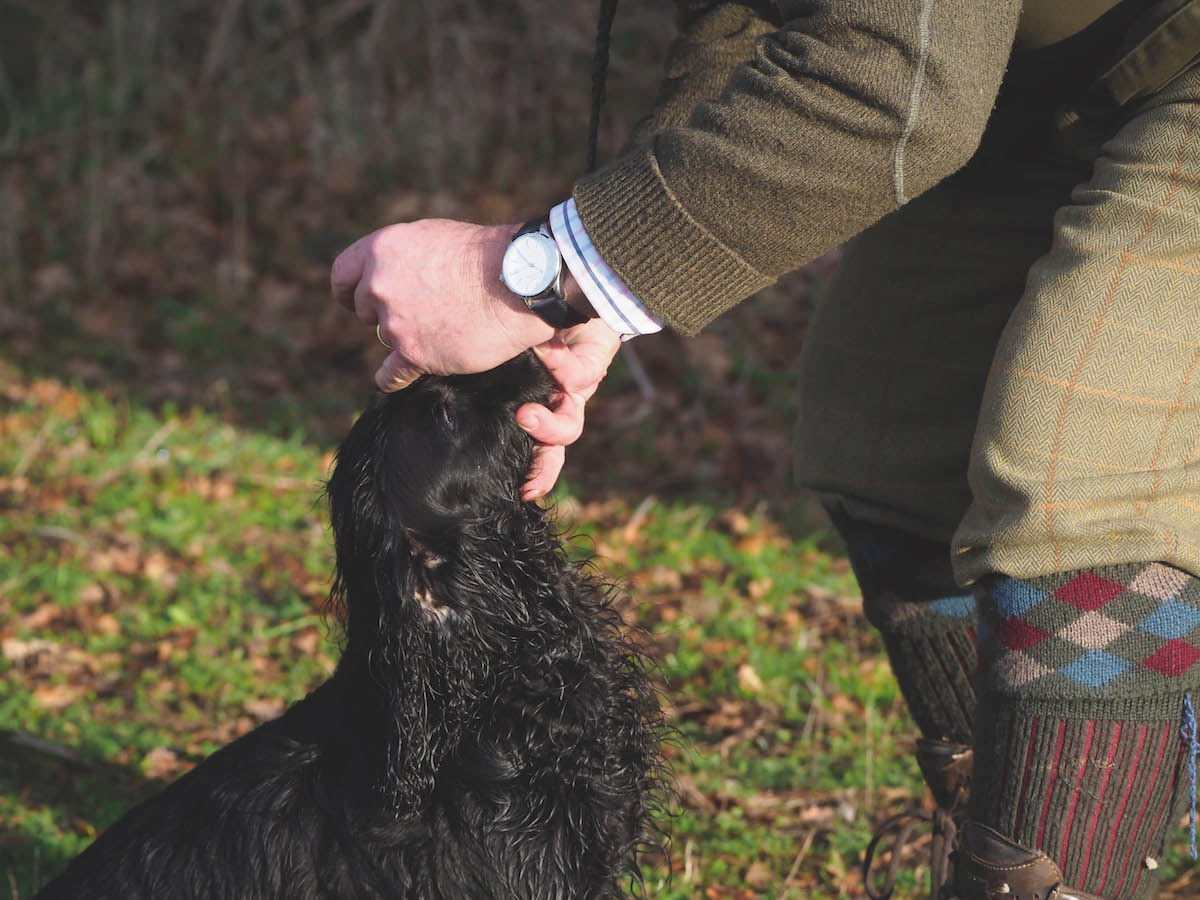Elbow dysplasia in gundogs
A reader has concerns about a retired Labrador. Veterinary surgeon Tony Buckwell advises ...
Q: I have just retired my Labrador after he went lame with elbow dysplasia (ED). I want to get another dog and was planning on buying a puppy from a breeder who tests her dogs and only breeds from those clear of ED. However, I was told I could still end up with an affected dog. Is this true?
Continued below …
Hip dysplasia in Labradors
Q: My wife and I would like to buy a Labrador for me to take out once it is trained, as…
Are DNA tests required for breeding gun dogs?
A: The advantage of DNA testing is that not only does it indicate if a dog is affected by an inherited disease but…
A: Elbow dysplasia is a complex genetic disease that is progressive in nature. The current testing scheme for ED relies solely on evaluating X-rays, typically taken at a relatively young age, to look for signs of the disease.
Unfortunately, the manner in which the disease typically manifests itself means that X-ray examination, though useful in identifying obvious abnormalities, may be limited in identifying the early stages of the disease before the development of new bone (osteoarthritis) becomes apparent. So though dogs may show no signs on X-ray at the time that they were tested, we can never be certain that they won’t go on to develop degenerative joint disease later in life. Furthermore, we do not know which genes may be responsible for causing ED and so cannot be certain that dogs found to be clear on X-ray are not carrying one or more of the genes responsible.
Elbow dysplasia can still be inheritable
Consequently, even if we breed from clear dogs the disease can still emerge to affect the progeny, despite the fact that the parents may have been tested and found to be clear when they were younger.
Despite these limitations the scheme has been effective and we have no other means to avoid breeding from dogs that are most likely to pass the disease on to their puppies.
I would advise you acquire a dog whose parents, both sire and dam, were tested but make sure you understand the test result(s). On the basis of the X-ray examination, dogs are awarded a grade. Though some people are of the opinion that grade 1 dogs are acceptable, most vets would advise that only grade 0 dogs should be used for breeding. TB










